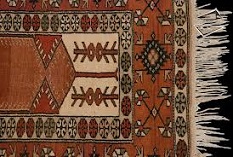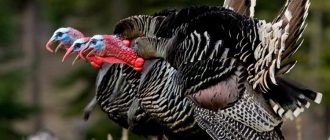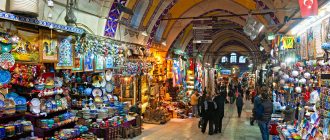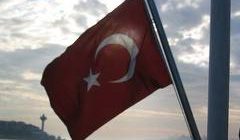Want to buy Turkish prayer rugs? Read on for facts and info on the Turkish prayer rug weaving tradition and the various patterns and designs available in the market…
When it comes to oriental prayer rugs, the Turkish variety is perhaps at the top of the list. Although Turkish prayer rugs are most commonly associated with Muslims, Jews also used them. However, the bulk of the prayer rugs from Turkey are exported to Islamic countries throughout the world and particularly the Middle East.
Woven according to the traditional Turkish art of wool weaving these rugs are unsurpassed in terms of their quality. Wool forms the base material for these rectangular shaped rugs. The Turks make use of a wide variety of natural dyes in order to produce rugs with brilliant color patterns and contrasts.
The color yellow is predominant in Turkish prayer rug designs. This is derived from the leaves of the peach fruit as well as apricot trees. The most dominant color in the patterns used to adorn these rugs is however reddish brown. This is derived from walnut leaves. Acorns help to give the dark brownish yellow color, whereas green is derived from mint. In order to arrive at naturally blackened wool the Turks leave the wool out in the open on the ground for about a week. Although the use of industrial dyes was never really part of the Turkish tradition of making prayer rugs, they have come into use in modern times.
Turkish Prayer Rugs Variety
The prayer rugs from Turkey are called by different names depending upon the region from where they have originated. Some of the most popular Turkish rugs are the Busra rugs, Ghiordes prayer rugs, Ladik prayer rugs, Konya prayer rugs, Mucur prayer rugs, Kirsehir prayer rugs, Qushak, Melas, Transylvanian, Pandema, Bergama and Kula prayer rugs.
As the name suggests, the Busra prayer rug collection is produced in the city of Busra, situated in the northwest of the country. These rugs are characterized by the trademark hooked floral design on the border. Ladik prayer rugs, on the other hand, are characterized by the use of dark colors such as rust brown along with black.
Turkish prayer rugs developed in Gordes, which is a district of Manisa Province, are one of the oldest living traditions. Rug weaving has been taking place in this region since the eighteenth century. Up until the 1920’s Ghiordes prayer rugs were by far the most popular amongst the entire collection and continue to be amongst the most popular ones today. They are characterized by the use of the trademark Ghiordes knot, which is a symmetrical knot pattern, imprinted over two warps. Rugs from this region also had the hooked floral designs on the borderlines and the use of dark colors was prevalent.
Also sought after are the Kirsehir and Mucur prayer rugs from Turkey. Typical rugs from these regions are famous for their niches featuring double and triple outlines. They are made using tints and shades of the color red that is complimented by a natural yellow.
You will be able to find a myriad of colors and designs in the collection of Turkish prayer rugs. Although produced in Turkey, they are today available all over the Islamic world and can also be ordered over the Internet.





